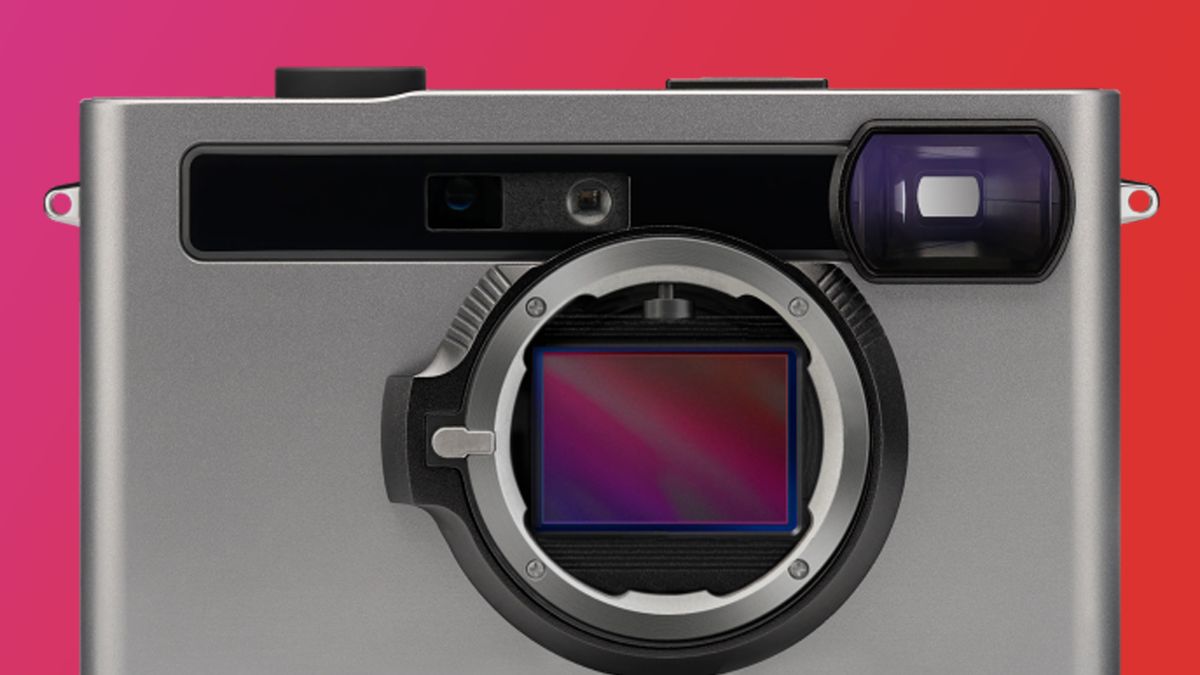Many businesses tend to choose an all-in-one software solution that covers everything they need in a given area (or multiple areas) of their business. And why blame them? You're short on time and need to make a quick decision, so look for the one solution that will solve the most problems in one go.
However, over the years, instead of solving more problems, all-in-one solutions will only cause more problems. The one-size-fits-all approach means you're forced to use one provider exclusively, but you also end up paying for features you don't even use. More importantly, as technology advances, you cannot develop your software and integrate it with new integrations and innovations. As many companies experience this, they will eventually shift to a decoupled approach with best-of-breed composable solutions that give them long-term flexibility and scalability.
What is composable technology?
Composable technology is a new approach to building and managing enterprise software solutions. It is transforming the way small and large businesses operate by allowing them to compose their systems from loosely coupled modular components. There are an unlimited number of component combinations that create unprecedented business agility, flexibility, and scalability.
You can also apply the composable approach to your business in general. Gartner, after all, called the future of business composable. It means building your business with interchangeable building blocks. A type of modular setup that allows your company to reorganize and reorient itself as necessary depending on external (or internal) factors, such as a change in customer values or a sudden change in the supply chain or materials. The pandemic and associated lockdowns have made this approach even more popular. Not surprisingly, the size of the composable infrastructure market is projected to increase from $5.69 billion in 2024 to $13.46 billion in 2029.
CTO and co-founder of Storyblok.
What are all-in-one solutions?
Simply put, it is a single platform that combines various tools and workflows by eliminating the need for multiple software applications. Although the “one-size-fits-all” type of software has many advantages, as it aims to centralize all data, workflows and tools in one place, its drawbacks arguably outweigh them. Typically, this type of software cannot specialize in all areas, resulting in unsatisfactory workflows.
All-in-one software's long list of features can overwhelm users who only need a fraction of its tools, making it less user-friendly. More importantly, dependence on a single software vendor can lead to vendor lock-in, making it difficult to switch to alternative solutions or migrate data. On top of that, all-in-one solutions tend to follow a monolithic architecture, making it difficult to connect with other software or other business operations and ultimately slowing down product innovation for developers.
Prepare your technology stack for the future
There are now solutions that are flexible, adaptable, scalable, and can be easily integrated with other applications your business uses. This means you have the freedom to create a set of tools that work for your business. Additionally, you also have the flexibility to exchange different solutions as your business needs evolve.
As an example, let's look at your CMS needs. For this, I would recommend a headless CMS solution that follows the aforementioned composable architecture. This is a back-end CMS that consists of structured content storage, a management interface for content creators, and an API that allows different systems to consume the content. Thanks to this approach, your company gains the freedom to access your content on different platforms throughout the digital world, something that a traditional (monolithic) CMS would not be able to do.
Identifying exactly what you need depends on how you think about the future of your business and its digital journey across all departments. As consumers continue to crave personalization, it's essential to create a set of tools that allow you to modify content quickly and easily. So is the ability to leverage existing customer data and other information streams to provide relevant, personalized insights. A headless CMS that is flexible enough and can generate content on different channels allows this type of digital strategy.
Everything from delivering dynamic content on your website to post-conversion tracking and timely customer service responses needs to be done. This requires having a business that is multidisciplinary and multifunctional. Users of your CMS must have business, development, data and marketing skills and, crucially, it is essential to ensure a regular flow of information between departments. For example, data collected from marketing can inform product development and data collected from areas such as customer service is necessary to enable a truly personal experience. This becomes even more useful as CMS usage expands and more collaboration occurs between organizations.
This may seem like a lot of work to set up, but by providing flexibility and future-proofing your business operations, the rewards of the best composable software are substantial. Our survey revealed that 82.91% of businesses have seen improvements in ROI, budget, and performance since switching to a headless CMS.
We have listed the best content marketing tool.
This article was produced as part of TechRadarPro's Expert Insights channel, where we feature the best and brightest minds in today's tech industry. The views expressed here are those of the author and are not necessarily those of TechRadarPro or Future plc. If you are interested in contributing, find out more here:








